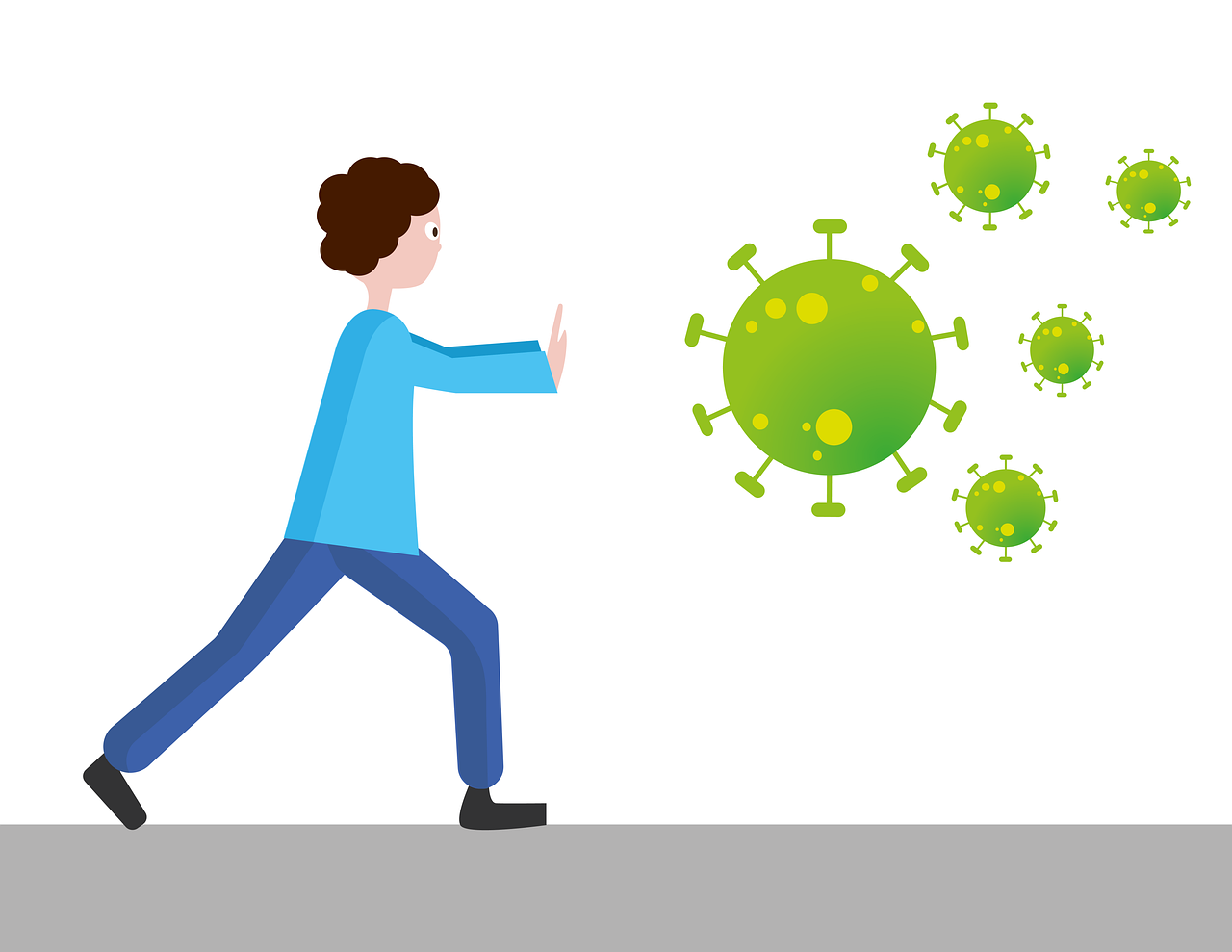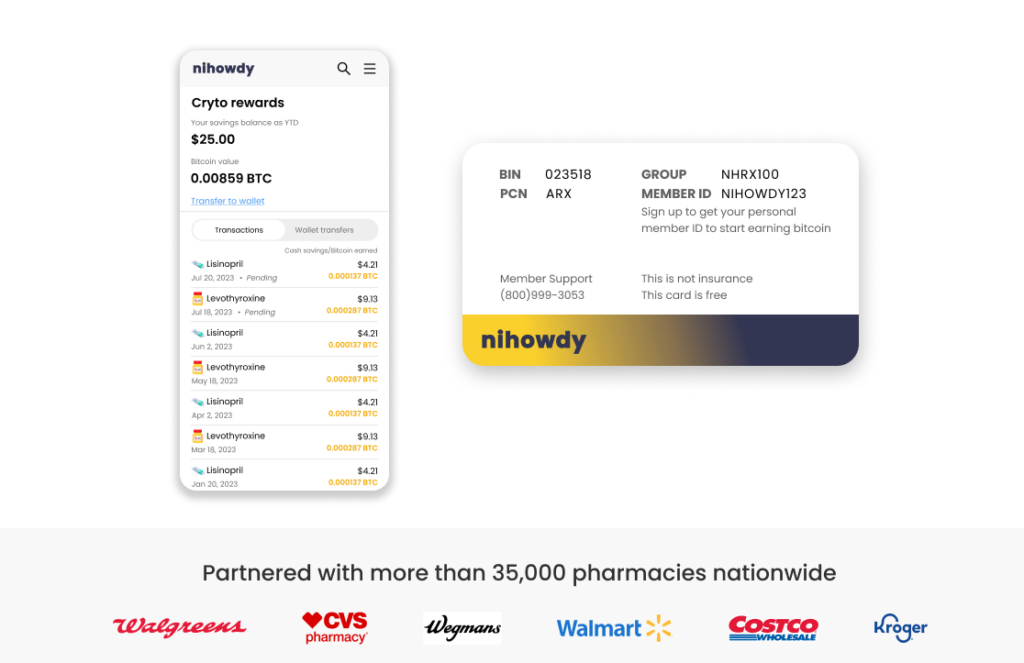The Ultimate Guide to Choosing the Best Yeast Infection Pill


Battling a yeast infection can be frustrating, but relief might be just one pill away. Fluconazole, a popular and potent yeast infection pill, can fend off the infection quickly without the mess of creams. This guide unpacks how these pills provide relief when they’re the advisable choice and what to expect from the treatment, helping you make the right call for your health with confidence.
Key Takeaways
Fluconazole is the most common oral medication for yeast infections. It often clears the yeast with just a single dose and offers a systemic treatment approach that can be more convenient and effective than creams, especially in severe or recurrent cases.
Oral yeast infection pills can produce side effects that vary depending on the drug, dosage, and user, with common issues including upset stomach or rashes. In contrast, serious but rare side effects might involve liver damage or severe allergic reactions.
Natural alternatives such as probiotics and boric acid can complement or substitute traditional medications for yeast infections, providing options for individuals looking for non-pharmaceutical treatments or dealing with drug-resistant strains.
Understanding Yeast Infection Pills

What exactly are pills for yeast infections? These oral medications are explicitly crafted to combat yeast infections. They halt the proliferation of Candida fungus, which is responsible for most of these afflictions. Fluconazole stands out as the most frequently recommended pill for combating vaginal candidiasis due to its high success rate in addressing numerous instances.
Anyone can get a yeast infection, but it is more common in individuals with weakened immune systems, those taking antibiotics, or people with uncontrolled diabetes. Hormonal changes, such as those during pregnancy or from birth control pills, can also increase the risk.
How do these medications operate? Antifungal drugs like fluconazole, itraconazole, and voriconazole tackle yeast infection by gradually depleting populations of Candida albicans. A single administration of 150 mg of fluconazole has been shown to eradicate Candia from the vaginal area in an impressive 93% of patients when evaluated shortly after treatment.
You might wonder why pills are better than creams. Preference and specific situations dictate this choice. Oral treatments can be particularly favored in acute or recurrent conditions because they work systematically throughout the body and may prove more potent than topical applications.
When faced with a future against yeast infection, remember that beyond ointments lie additional avenues once you have been diagnosed with your condition. Pills are another convenient route that could offer effective relief with fewer messes involved during treatment!
The Most Commonly Prescribed Pills for Yeast Infections
Fluconazole is the top choice among medications for yeast infections. This powerful drug is renowned for successfully treating most yeast infections with just a 150 mg dose. Patients also often find this medication easy to tolerate, which enhances its reputation as an effective treatment.
In addition to fluconazole, there are various vaginal yeast infection medications available, including both over-the-counter and prescription options. These medications can provide effective treatment, but seeking medical guidance for the best approach is essential.
Fluconazole could be transformative for individuals who experience repeated yeast infection episodes and seek relief from the hassle of creams and extended treatment courses. Consulting your physician about fluconazole may prove beneficial if you desire a swift and straightforward solution to combat these infections.
How Do Yeast Infection Pills Work?
Medications designed to combat fungal infections operate by suppressing the proliferation of candida yeast, targeting the underlying cause of such diseases. Compounds, including fluconazole, itraconazole, and voriconazole, work progressively to diminish the populations of Candida albicans, thereby alleviating symptoms and ultimately resolving the infection.
Time-kill assays are used to gauge how effective these antifungal treatments are. These assays evaluate a drug’s ability to eradicate fungal growth at varying doses. For example, a one-time dose of 150 mg fluconazole has been shown to eliminate Candida from 93% of patients’ vaginal areas in initial short-term evaluations—testifying to its effectiveness.
When Are Pills Preferred Over Creams?
In cases where yeast infections present with severe symptoms, oral medications may be preferred over creams and supplements. Oral treatments offer a systemic approach that often provides more potent results in aggressive situations.
Over-the-counter (OTC) yeast infection treatments, including vaginal creams, tablets, and suppositories, are also widely available and can be effective for mild to moderate infections. Following safety tips and consulting a healthcare provider if symptoms persist is essential.
For individuals suffering from recurrent vulvovaginal candidiasis, an extended regimen of oral antifungal medication is usually advised to eliminate the fungal infection. The comprehensive nature of oral therapies tends to make them a favored option compared to topical applications in these instances.
Pills are an adequate substitute for creams when dealing with intense or persistent yeast infections. It’s imperative to consult your healthcare provider, who will help identify the most appropriate course of action tailored to your condition.
The Benefits of Oral Medication for Yeast Infections

Antifungal medications taken orally bring many advantages for those battling yeast infections. They halt the growth of fungi effectively, which can be crucial when other treatments have not been successful.
Another significant benefit of oral antifungal solutions is their ease of use. Unlike topical creams or awkward supplements, taking an oral medication such as fluconazole simplifies the process immensely—it’s just one pill once a day, and there’s no fuss about external application or discomfort from insertions.
Due to their efficacy and simplicity, these drugs provide versatile treatment duration options. Depending on the severity of the infection, treatment can require just a single dose or extend over several days, with one-day, three-day, or even seven-day regimens available. This allows individuals to tailor their treatment schedule according to what best suits their personal needs.
One-Dose Wonders: The Convenience of Single-Pill Treatments
One of the main benefits of oral antifungal medications is their ease of use. Combating yeast infections becomes simple with single-dose treatments. By taking one pill—for instance, a 150 mg dose of fluconazole—the treatment is complete without the hassle of regularly applying creams or using supplements several times daily.
Opting for a single-pill solution like fluconazole may also save costs compared to the multiple applications required by over-the-counter yeast infection remedies. This method provides simplicity in administration and can be lighter on your wallet.
Addressing Recurrent Yeast Infections with Oral Medication
Individuals dealing with repeated yeast infections might find oral treatments significantly beneficial. Health professionals often advise a sustained treatment regimen that includes an oral antifungal medication, such as fluconazole, for these recurrent cases.
Frequent yeast infections can be caused by underlying conditions such as hormonal changes, a weakened immune system, untreated diabetes, or resistant strains. If you experience frequent yeast infections, seeking medical advice and testing is vital.
Should symptoms continue or if the yeast infections recur, additional courses of fluconazole may be administered every three days. Alternatively, a weekly dose could be prescribed for up to one year. This extended approach is designed to eliminate the yeast infection thoroughly and offer considerable relief for those experiencing recurring infections.
Potential Side Effects and Considerations

It is crucial to be conscious of the potential side effects and considerations associated with yeast infection pills, as these can differ based on the specific antifungal medication used, its dosage, and the particular fungus being targeted. Typical side effects may encompass discomforts such as abdominal pain, stomach upset, diarrhea, itchy skin accompanied by a burning sensation, rashes on the skin, gastrointestinal issues like indigestion or heartburn, stomach distress, and an odd taste in one’s mouth. On rare occasions, more grave complications could arise, including damage to liver health and intense allergic reactions exemplified by anaphylaxis or serious cutaneous allergic responses manifesting signs akin to blisters and peeling of skin layers. It’s imperative for individuals experiencing symptoms of a yeast infection to seek advice from healthcare professionals to receive appropriate treatment.
When taking oral antifungal medications for yeast infections, attention must also be given to drug interactions that might escalate side effect risks or affect how effectively treatments work. These medications are known for their potentially extensive range of interactions with various drugs that patients may already be using concurrently.
Understanding the Side Effects of Antifungal Pills
Just like other drugs, pills to treat yeast infections might lead to adverse effects. These often include:
Pain in the abdomen
Nausea
Loose stools
A rash that causes itching on the skin
Dyspepsia
Acid reflux issues
Discomfort in the stomach area
An odd flavor sensation within your mouth
It should be acknowledged that while they are infrequent, serious consequences can stem from antifungal treatments. Potential severe side effects include damage to the liver and intense allergic reactions such as anaphylaxis or grave cutaneous allergic responses typified by symptoms like blistering or peeling of skin. If any more critical side effects manifest themselves, seeking professional medical counsel promptly is vital.
If you notice persistent or escalating side effects after finishing a course of treatment for a yeast infection, seeking medical advice is also advisable.
Drug Interactions and Contraindications
It is crucial to be mindful of potential drug interactions when taking pills for a yeast infection. Oral antifungal medications may have interactions with numerous other drugs, potentially heightening the likelihood of adverse effects or impinging on the effectiveness of the treatment.
As such, it’s recommended to consult a medical professional to evaluate possible interaction risks between oral antifungals and any additional medicines being administered. This step will help confirm the safety and efficacy of your prescribed yeast infection treatment.
Maximizing the Effectiveness of Yeast Infection Pills

It is essential to strictly adhere to the treatment plan and finish the entire course of medication prescribed for treating a yeast infection. While there may be a temptation to discontinue taking pills once symptoms subside, completing the therapy ensures that the disease is entirely eradicated.
Along with adhering to medical advice in managing a sexually transmitted infection (STI), specific lifestyle changes can enhance treatment effectiveness. Good genital hygiene practices, choosing breathable cotton underwear over less airy materials, and steering clear of restrictive clothing are some adjustments that could aid recovery.
To sum up, diligently following your doctor’s instructions regarding medication intake and appropriate lifestyle modifications can significantly improve treatment outcomes and help prevent subsequent infections.
Tips for Taking Your Yeast Infection Pill Correctly
Adhere strictly to the prescribed dosage and schedule to optimize the effectiveness of your yeast infection medication. For example, a single dose of fluconazole is typically sufficient to eradicate an infection.
Even if you experience symptomatic relief before completing your course of treatment, it’s vital to continue taking the medication as instructed. Discontinuing early can result in an incomplete eradication of the infection and potentially cause it to return. Should you forget a dose, take it immediately upon remembering unless your next scheduled dose is imminent. Then, forego the forgotten one instead of doubling up on doses.
Lifestyle Adjustments to Support Treatment
Implementing certain lifestyle adjustments can enhance the results of your treatment for a vaginal yeast infection. It’s essential to adopt good genital hygiene habits as they help deter yeast infections by inhibiting the spread of bacteria and yeast. This entails wiping from front to back following bathroom use and cleansing with gentle, non-fragranced soap.
To prevent yeast infections, consider wearing loose-fitting clothing and avoiding prolonged dampness in the genital area.
To promote dryness, which hinders yeast growth, consider these strategies:
Choose breathable cotton underwear
Eschew tight-fitting garments around the genitals
Opt for unscented products intended for feminine hygiene
Refrain from using douches
Adherence to these recommendations is beneficial in preserving your vagina’s natural bacterial equilibrium while augmenting treatment efficacy and guarding against bacterial vaginosis.
Natural Alternatives and Complementary Therapies

Effective management of yeast infections can be achieved not only through prescription oral antifungal medications but also via natural and over-the-counter remedies designed to treat vaginal yeast infections. These include agents with inherent antifungal properties, such as tea tree oil, garlic, and vitamin C.
The equilibrium of the body’s native bacteria is critical in controlling yeast infections; probiotics can support this balance. Specifically, probiotic supplements that incorporate Lactobacillus acidophilus are known for their efficacy in maintaining a healthy bacterial-yeast harmony crucial for optimal vaginal wellness.
An additional noteworthy natural remedy is boric acid, which has established antisepsis capabilities and antiviral and antifungal effects. Boric acid can complement pharmaceutical treatments when dealing with persistent vaginal infections unresponsive to standard yeast infection treatment regimens involving conventional antifungal medications.
Probiotic Supplements and Their Role in Vaginal Health
Probiotic supplements are pivotal in controlling yeast infections by maintaining the body’s bacterial harmony, which is essential for regulating yeast levels. Supplements that feature Lactobacillus acidophilus are especially adept at reinstating this balance.
These probiotics hinder the excessive proliferation of yeast, which can result in infections. They may be ingested through diverse means, such as yogurt, fermented products, and specialized dietary supplements.
Exploring the Use of Boric Acid as a Complementary Treatment
Boric acid is an alternative natural treatment for yeast infections. It boasts antifungal, antiseptic, and antiviral capabilities, which can help improve the management of these infections, especially those that do not respond to standard antifungal drugs.
It’s essential to be aware that although usually safe if used correctly, there are potential adverse effects associated with boric acid, such as a burning feeling or irritation in the vaginal region. Consequently, seeking advice from a healthcare professional before embarking on this treatment approach is highly advised.
NiHowdy’s Prescription Discounts and Rewards
Managing the expense of treating yeast infections, mainly when they occur frequently, can be a burden. NiHowdy’s prescription discount card alleviates this by offering significant cost reductions on medications for yeast infections and more. The discounts this card offers are immediate.
In addition to these savings, NiHowdy offers an enticing benefit: You can accumulate up to 3% in Bitcoin rewards with every prescription refill. These rewards present instant value and can be appreciated over time, thus granting a distinctive monetary edge.
How NiHowdy Can Help You Save on Yeast Infection Pills
Utilizing NiHowdy’s prescription savings card can significantly reduce costs when purchasing medication for yeast infections. This card, available at local participating pharmacies, offers instant discounts that can accumulate over time and help mitigate the increasing expenses associated with healthcare or be put towards substantial financial goals.
To save money on treatments for yeast infections, consider acquiring a NiHowdy prescription discount card. It is readily accessible at no charge, and you can register through their official website.
NiHowdy offers its users a distinctive opportunity to accumulate Bitcoin rewards, bestowing up to 3% back in Bitcoin on every prescription purchase. These incentives are consistently applied at each refill, ensuring an ongoing source of benefits.
Summary
In summary, while yeast infections are frequently encountered and can be pretty bothersome, they can be efficiently tackled with proper treatment approaches. Pills such as fluconazole are a handy and potent option compared to topical creams or supplements for addressing these infections. These oral antifungal medications work by hindering the proliferation of Candida yeast, which is behind most yeast infections.
Like all medicines, it’s crucial to remain cognizant of possible adverse reactions and interactions with other drugs. Seeking advice from a healthcare professional is always wise to identify the optimal course of action tailored to your particular condition. Adopting lifestyle modifications, including good genital cleanliness practices and opting for breathable cotton underwear, may enhance the success rate of treatments aimed at combating yeast infections.
Frequently Asked Questions
What are yeast infection pills?
Pills for yeast infections serve as oral treatments that suppress the proliferation of Candida yeast, thereby efficiently addressing yeast infection issues.
What is the most commonly prescribed pill for vaginal yeast infections?
Fluconazole is recognized as the pill most frequently recommended for treating yeast infections, notably due to its efficacy in single-dose treatments.
Are there any side effects from taking vaginal yeast infection pills?
Yes, yeast infection pills can have side effects such as abdominal pain, upset stomach, diarrhea, and itchy skin rash, and in rare cases, more serious effects like liver damage and severe allergic reactions. It’s essential to consult with a healthcare professional if you experience any of these symptoms.
What are some natural alternatives to yeast infection pills?
Natural remedies such as tea tree oil, garlic, vitamin C, probiotic supplements containing Lactobacillus acidophilus, and boric acid may be utilized to fight yeast infections. These alternatives possess properties that can balance bacteria and act effectively against fungal infections.


